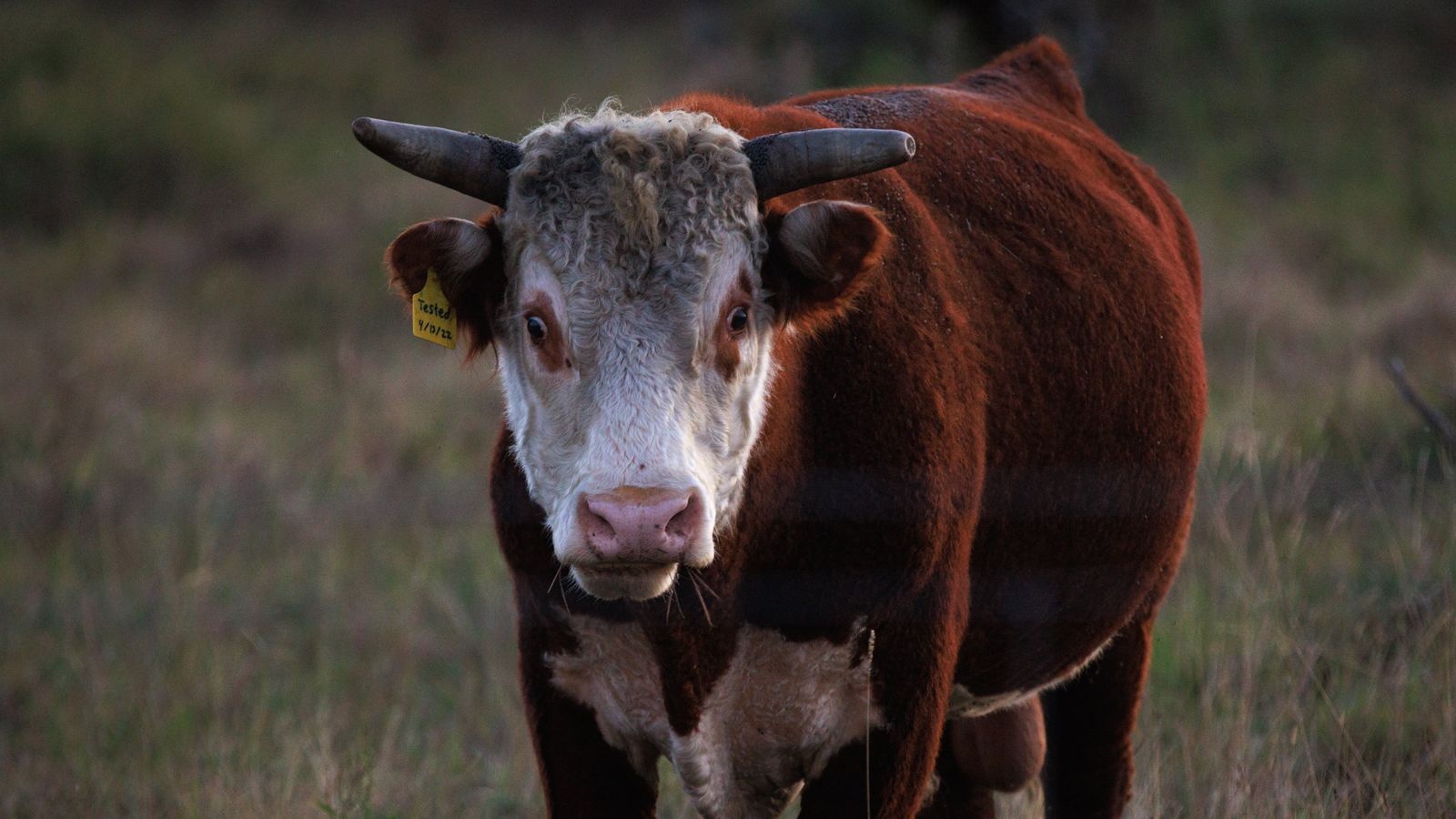The H5N1 influenza virus is now widespread almost worldwide and causes birds to become ill with bird flu, also known as avian influenza. Sometimes the virus also affects mammals, although they are less affected. For example, minks, seals, pigs, horses and cats are already infected.
In the US, dairy cows are now also infected with H5N1. Between the end of March and late April, the US Department of Agriculture recorded the pathogen at more than 30 dairy farms in various states. Components of the virus were also detected in milk. Elements of the bird flu virus H5N1 were found in about 20 percent of the milk samples tested from the supermarket. However, virus fragments cannot cause infection. According to the FDA, there is no risk to humans: the virus is killed by heating the milk during the normal pasteurization process.
There is growing concern about bird flu virus mutations
Given the number of infected birds and mammals in many parts of the world, researchers fear that the highly pathogenic bird flu virus will continue to mutate and at some point become dangerous to humans. Cattle in the United States are infected with a specific lineage of H5N1 flu virus called clade 2.3.4.4b. That means wild birds and poultry flocks around the world have suffered in recent years.
Bird flu is now an epidemic in the animal kingdom, known as panzootic. This means millions of birds would not have died. For example, thousands of sea lions died from bird flu in Chile and Peru.
Avian flu has caught experts by surprise
“I am very surprised that cows are now infected,” said Martin Beer, head of the Friedrich Loeffler Institute for Viral Diagnosis in Greifswald, which is responsible for the prevention, diagnosis and control of animal diseases in Germany. Through an infection test in 2006, the agency concluded that the cattle were “not at risk.”
The virus is currently “mostly” adapted to birds, making it less likely to infect humans. So far, the pathogen has had difficulty overcoming the innate immunity of humans to avian influenza virus. “But each new mammalian host can bring the virus a little closer to humans.”
A bird flu epidemic among humans is currently unlikely
Martin Schwemle, a virologist at Freiburg University Hospital, was surprised that the pathogen was able to infect dairy cows and that only a few mutations were needed to multiply in cows. However, he currently believes that it is unlikely that the virus will spread between people in the form of an epidemic or a pandemic. The virus is not yet sufficiently adapted to humans.
So far, only one case of cow-to-human transmission has been reported in the United States. The affected person did not become seriously ill, but simply developed conjunctivitis. But Beer points to the many undocumented workers in the U.S., “especially on cattle farms.” So it can be very difficult to figure out who actually had contact with which animals.
Since 2021, WHO has recorded a total of 28 bird flu infections in humans, half of which are H5N1 lineage 2.3.4.4b. Person-to-person transmission of bird flu viruses has not been reported since 2007. According to the WHO, no changes have been observed in viruses that facilitate infection through the upper respiratory tract in humans. Person-to-person transmission of currently circulating H5N1 viruses is “impossible” without further genetic changes.
The route of transmission of influenza viruses to cows is still unknown
It is not yet clear how wild birds can transmit the virus to cows. How the pathogen is transmitted from cow to cow is also unknown. Cows may become infected through milking equipment or gloves. Martin Beer of the Friedrich Loeffler Institute thinks that a rare and unique event introduced the virus into the udder tissue. There the virus suddenly found a kind of biome and found the best conditions to multiply there and then passed through the milking vessels.
However, infection via the respiratory tract cannot be ruled out at present. When infected with bird flu, cows show signs of anorexia and produce less milk. However, unlike many birds, they recover.
Work equipment may cause further spread of milk bird flu
Virologist Schwemle said the finding of very high levels of the virus in milk from infected cows that had not yet been warmed was problematic. Schwemle said the virus spreads through every infectious drop of milk that enters the environment, and also through equipment used in milk production. “I think it's very difficult to bring such widespread pollution under control.”

“Amateur coffee fan. Travel guru. Subtly charming zombie maven. Incurable reader. Web fanatic.”








More Stories
Nicolas Loufrani: Young Londoners Design Afro Hair Emojis
US Election: Trump Vs. Harris – 2024 poll numbers in America
Börse Express – USA: Retail sales rise unexpectedly